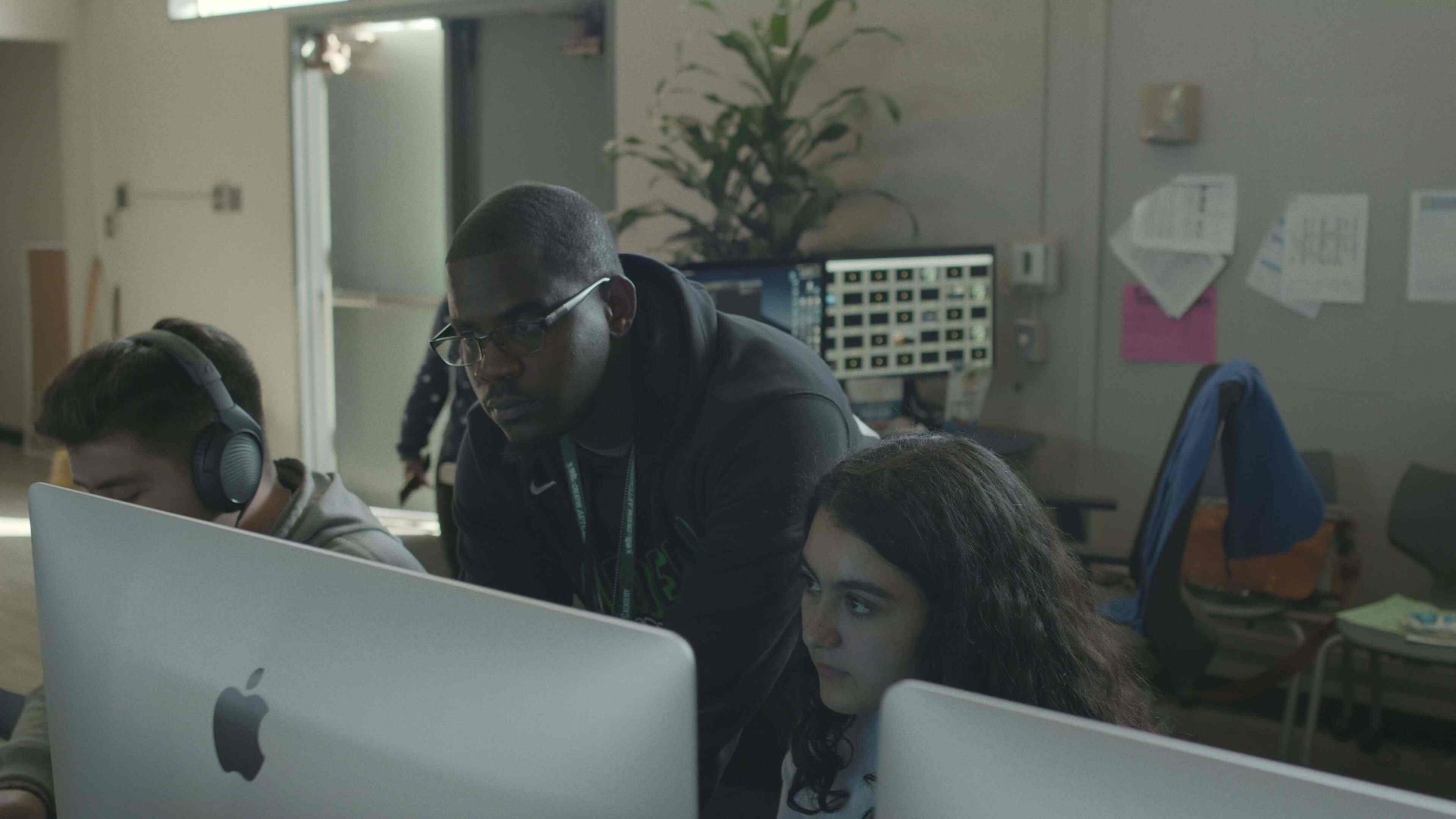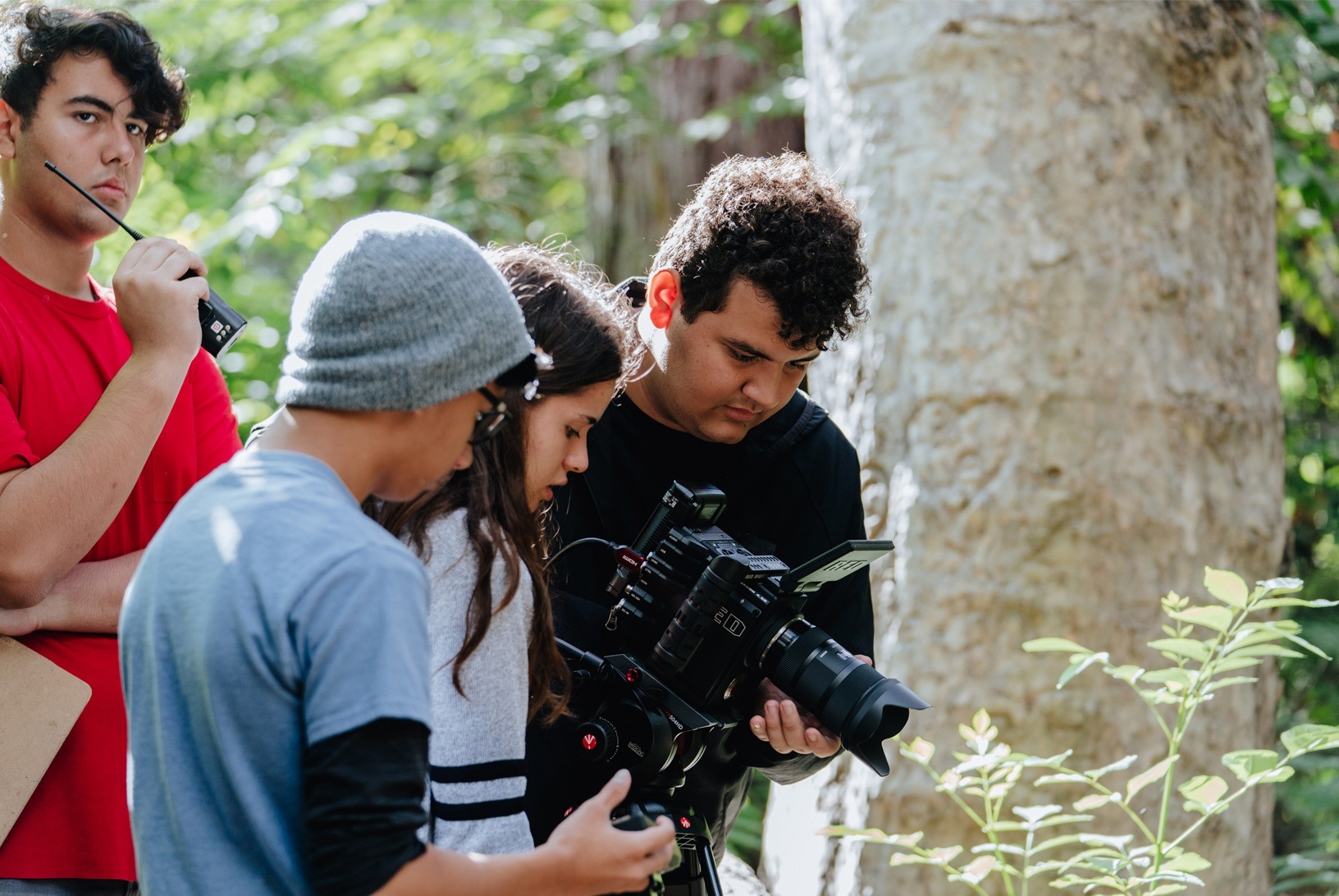Video in Education
September 29, 2020 |
September 29, 2020 |

Before we get started it’s important to know that video in education isn’t just for media classes. If you’re a teacher who is interested in integrating video into your common core curriculum as a way to enhance learning, encourage collaboration, and foster critical thinking, you’re in luck. Video has never been as accessible as it is today. As you’re aware, most of your students are already using video to connect with one another. They’re also using it to get their information about the world and find their voices. The opportunity in our educational system is to use the technology they have at their fingertips to optimize the curriculum and prepare them for life after school.
The inflection point in how the masses receive information was catalyzed by the democratization of video. With such easy access to tools that were previously reserved for high-end Hollywood studios, everyone is now required to adopt skill sets that allow them to create video content wherever they are. For students, this is even more critical as they prepare for the workforce. They’re expected to bring an understanding of media and the basic tenets of visual storytelling. Providing a space outside of media classrooms to hone their technical skills and become more thoughtful communicators will uniquely position them for success, not only in their careers but also in their ability to learn and retain information in the classroom.
As educators, you have a front-row seat to the seismic shift taking place in how people communicate. Our suggestion is to start with where you probably are (Mobile Filmmaking) and evolve into a more advanced approach (Cinematic Filmmaking) as interest from students and funds from your district or grants become available.
We'll outline each focus below and we're always here if you have more questions or if you just want to chat about how other educators are adding visual storytelling in their curriculums. Please, don't hesitate to reach out!
The most accessible entry point for integrating video in the classroom is to use the cameras students have on their phones.
Yes. You heard that correctly. Cell phones in the classroom aren’t just a tool for distraction. They can be the most helpful tool in allowing all students the opportunity to learn and engage in ways that used to be reserved for the elite. Even if you’re a school with no budget, it’s possible to integrate video content creation into every subject area. Allowing students to leverage devices they already have by turning them into storytelling tools in the classroom, bridges the divide between students and educators during this information inflection point.
The goal of the mobile approach to video in the classroom is to optimize the tools already at your disposal to enhance learning.

Taking the mobile filmmaking approach to classroom education is a great way to make sure all students have an opportunity to leverage technology in order to retain more information and learn skills that will give them an advantage in the workplace. It’s also a great pathway to identify students who are natural storytellers. The money saved in the mobile filmmaking approach leaves room in your school’s budget for creating a space for the students who want to advance their storytelling skills.
To see an example of how mobile filmmaking worked for Chicago Public Schools, click here!
Finishing a film project used to require an immense amount of gear in order to build a studio-esque video workflow. In addition, post-production was a difficult and complicated process, making the art of teaching advanced filmmaking a slow and arduous process.
The advanced approach to incorporating video in the classroom is designed for the student who are interested in exploring visual storytelling professionally. This approach requires that the educator also has experience in the evolving area of video, media and visual arts. While access to higher-end technology for filmmaking has become more affordable, it is still a significant financial commitment for a school that often requires grants.
The goal of the advanced approach to video in the classroom is to teach an optimized approach to technical filmmaking.

Every step of this approach is designed to lead students into a deeper understanding of core filmmaking concepts. The lower-stakes environment gives them the opportunity to fail quickly and at a far less financial cost than previous generations. This generation of students has the advantage of retaining more information because of their access to iteration. They will be the most prepared to operate at higher levels when given professional gear outside of the classroom to create video content.
To see an example of how advanced filmmaking worked for Los Angeles Public Schools, click here!